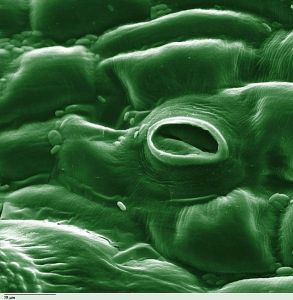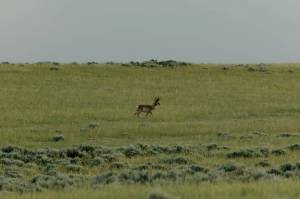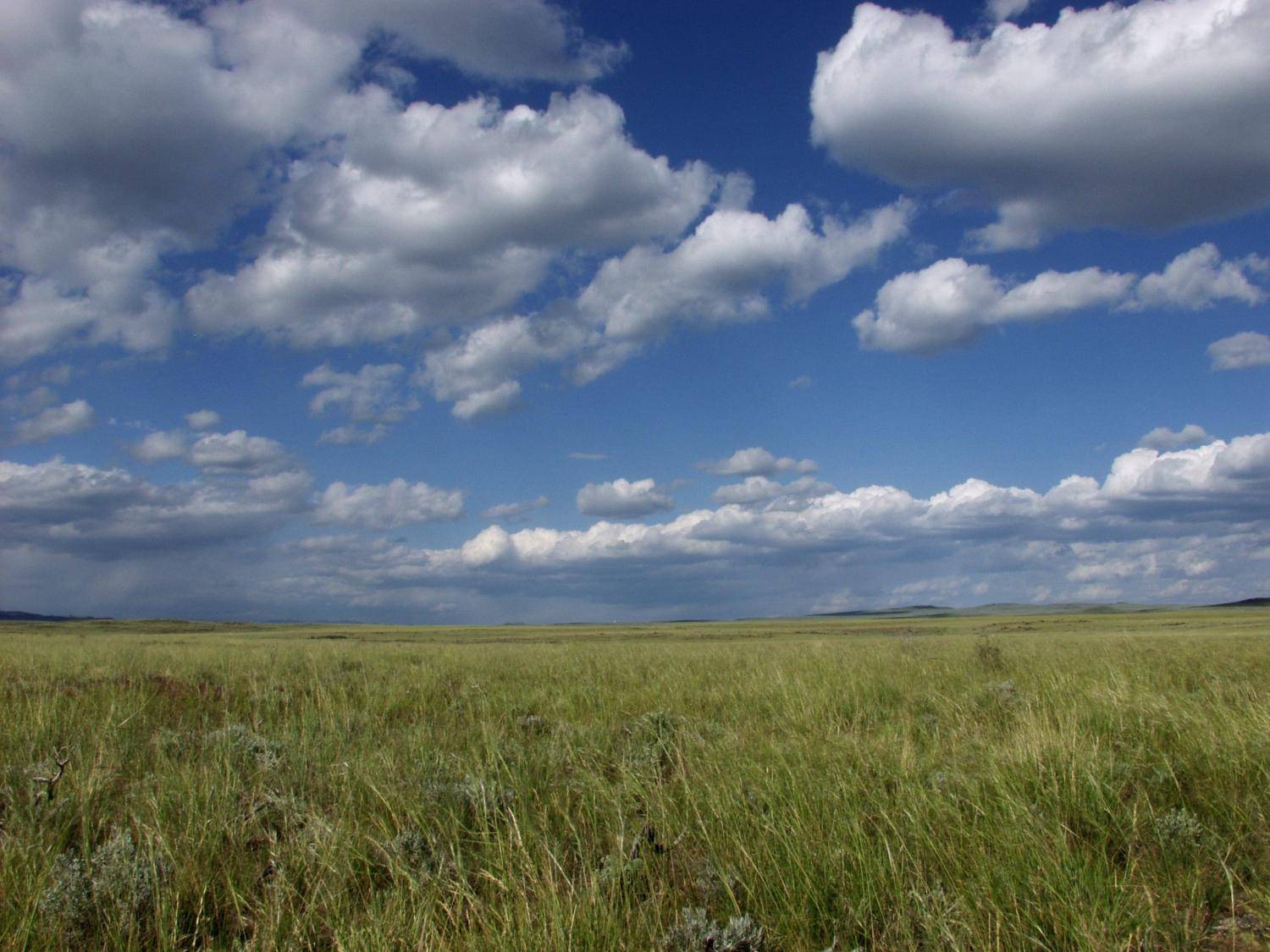
Global change in the arid West: Will dry places get drier?
by Julie Kray & Dana Blumenthal
Average temperatures across the western United States have warmed 1-2 oF over the past 50 years, and hotter times are on the way1. With climate change, there is a real concern that many dry places in the West will see more severe droughts2, due in part to higher temperatures accelerating evaporation and transpiration, and in part to changes in precipitation.

Less appreciated, however, is the fact that increased atmospheric carbon dioxide (CO2) can partially close stomatal pores in plant leaves, reducing transpirational water loss3. This increases plant water use efficiency, leaving more water in the soil. But what happens to soil water when these changes in climate and CO2 occur simultaneously? Although presently unknown, the answer to this question will ultimately determine whether plants have enough water to grow.
Understanding the combined effect of higher CO2 & temperature on water will be particularly important in semi-arid grasslands that currently produce much of the nation’s livestock and provide habitat for many native creatures.

That’s why scientists from CSU’s NREL (Bill Parton, Matt Wallenstein), USDA Agricultural Research Service (Jack Morgan, Dana Blumenthal, Dan LeCain), and the University of Wyoming (Elise Pendall, David Williams) put their heads together to learn how predicted changes might shape the future of Western grasslands. First, they fired up Parton’s ecosystem model, DAYCENT, using data from earlier studies, to predict climate change responses of grassland ecosystems in southern Wyoming4. Then they created an experiment to test the model predictions in the field: the Prairie Heating and CO2 Enrichment experiment (PHACE), near Cheyenne, WY. At PHACE, climatic conditions predicted to occur late this century are created over present-day mixed-grass prairie: CO2 concentration in the air is increased from 390 (current ambient) to 600 parts-per-million, while temperature is raised 2.5 oF by day and 5.5 oF by night.
Both model and experiment showed that warmer temperatures indeed dried out the soil, but higher CO2 increased soil water content much more than expected. Surprisingly, the two effects compensated for each other almost exactly, so that soil water content at the higher temperature and CO2 levels equaled soil water under current conditions5. Higher CO2 also increased plant growth, particularly in dry years when associated water savings are most important to plant growth, leading to no net decreases in growth with CO2 and warming together.
While CO2 compensated for warming effects on water and plant growth, it would be unlikely to compensate for reductions in precipitation as well. In regions where precipitation is predicted to decrease along with higher temperatures, such as the southwestern U.S., climate change is still likely to increase drought2. Overall, however, the early results from PHACE appear to bode well for semi-arid grasslands… a rare bit of good news from climate change science!

View a video about the PHACE experiment here:
[vimeo http://www.vimeo.com/43865348 w=500&h=281]
Video production credit: Fireside Production.
EcoPress will feature more stories and discoveries from the PHACE study in the coming months, so stay tuned!
- http://www.globalchange.gov/publications/reports/scientific-assessments/us-impacts/full-report/national-climate-change
- Seager, R. & Vecchi, G.A. 2010. Greenhouse warming and the 21st century hydroclimate of southwestern North America. Proc. Natl Acad. Sci. USA 107: 21277-21282.
- Morgan, J.A. et al. 2004. Water relations in grassland and desert ecosystems exposed to elevated atmospheric CO2. Oecologia 140: 11-25.
- Parton, W.J., Morgan, J.A., Wang, G., Del Grosso, S. 2007. Projected ecosystem impact of the Prairie Heating and CO2 Enrichment experiment. New Phytologist 174: 823-834.
- Morgan, J.A. et al. 2011. C4 grasses prosper as carbon dioxide eliminates dessication in warmed semi-arid grassland. Nature 476: 202-206.